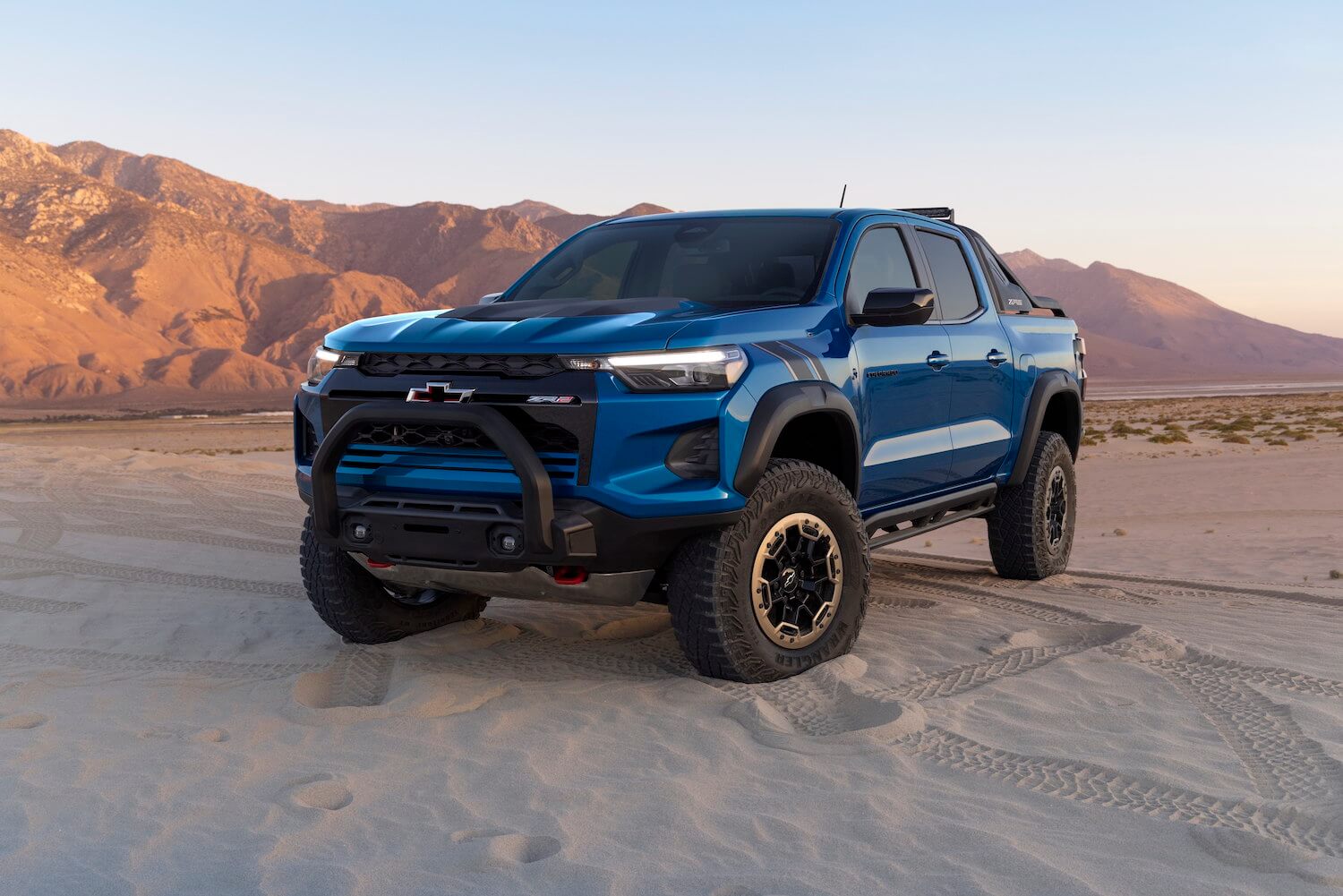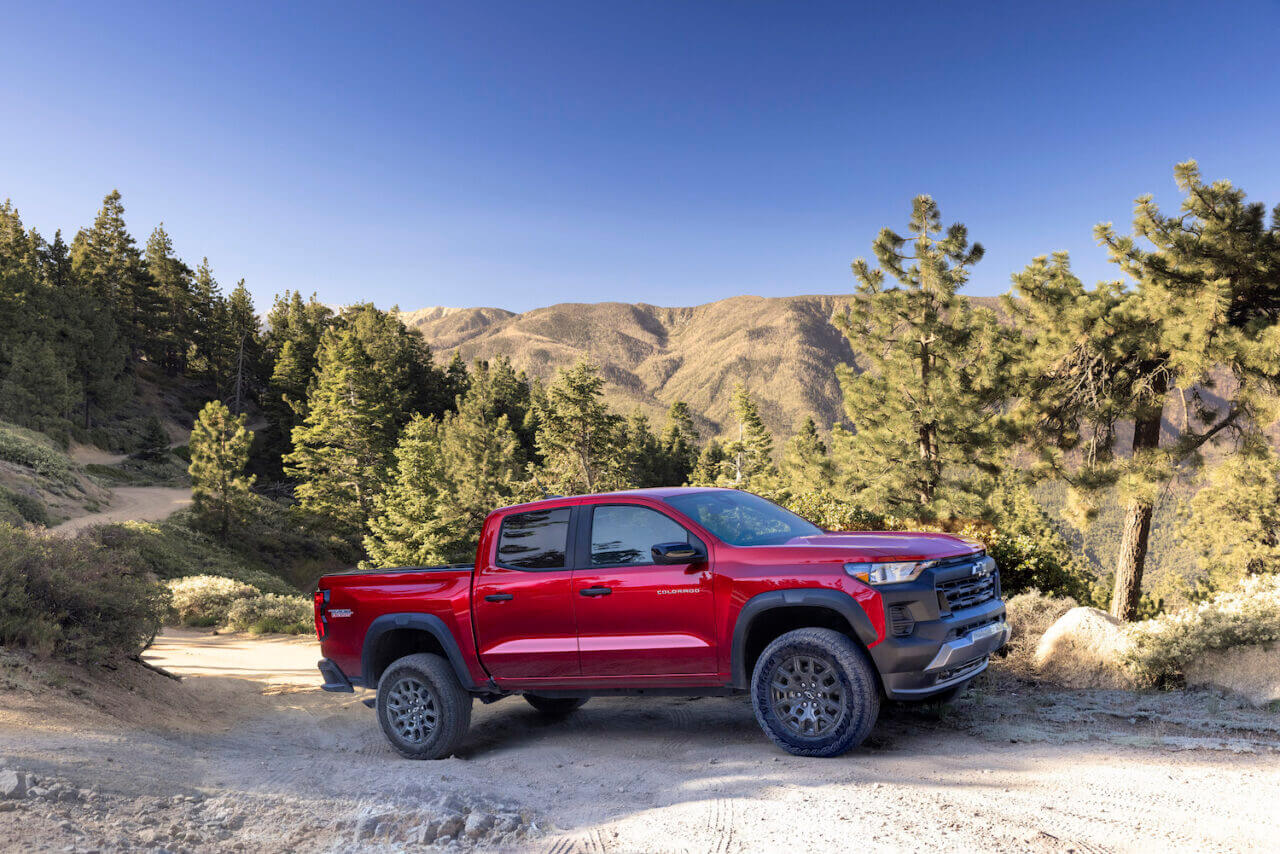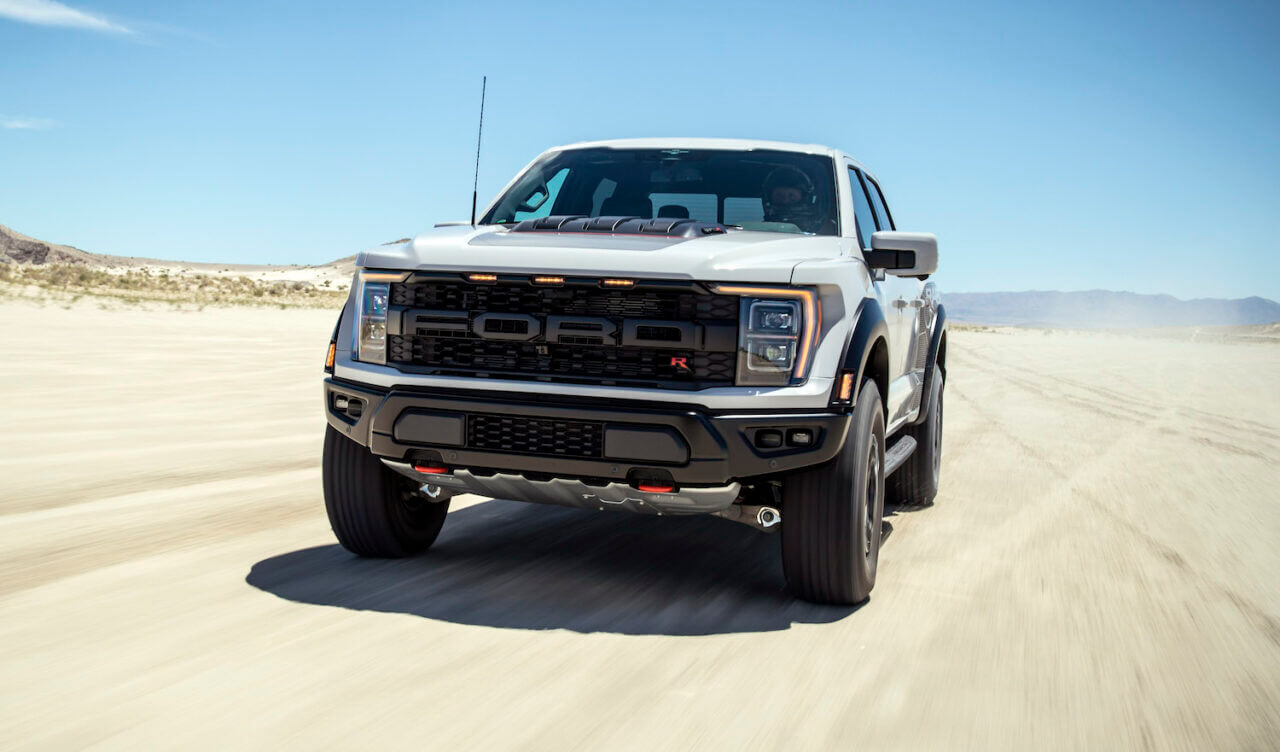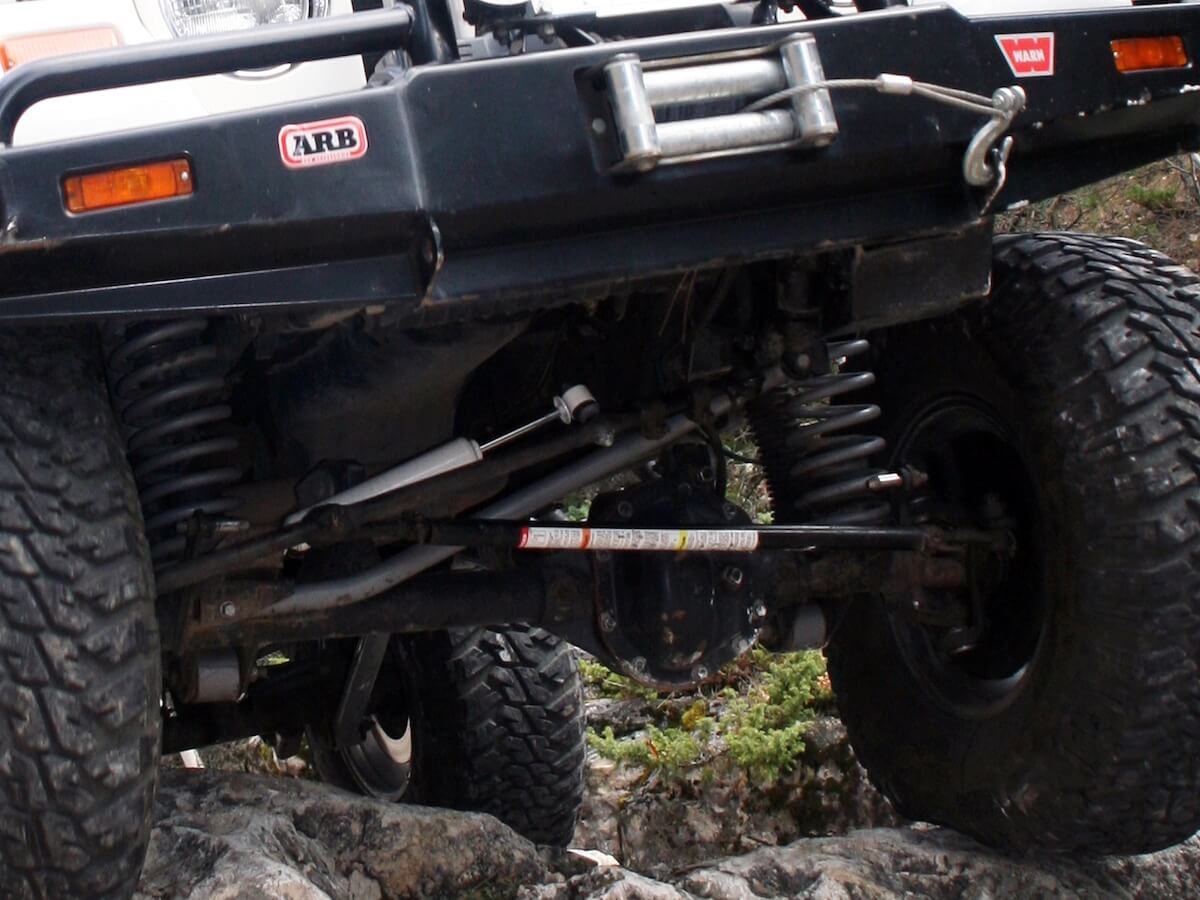
For as simple as they are, tires serve a complex purpose. Being the only part that is physically in contact with the road, they are one of the most important safety features of your vehicle. That’s why it’s important to know how to read tire sizes so you can make sure your car has the correct tire size for your driving needs.
From off-road tires to winter tires, there are a variety of tire types and sizes to choose from. But whether you’re shopping for new tires or simply checking the air pressure on your existing ones, all tire sizes share the same basic numbering system. 4WP has put together a tire size guide to help you interpret those numbers and letters.
Whether you are looking for new wheels to spice up the look of your rig, or want to change your tires to match the terrain you’re driving on, it’s important to know how to read tire sizes.
What they are made of and how they are constructed play a big part in a tire’s overall performance. The rubber compound used in the tread and sidewall, as well as the number of plies in the tire’s carcass, all contribute to how a tire will perform in different conditions.
Below is a quick guide on how to read numbers and letters on tires and how they are constructed so you can make an informed decision the next time you’re in the market for new tires.

Tire Sizes Explained: Radial Construction vs Bias Construction
In the world of tires, there are two main types of construction. Radial and bias. Most passenger car tires on the market today are radial construction. The main difference between radial and bias tires is in the way the cords that make up the tire’s carcass are laid out.
On a radial tire, the cords run perpendicular to the direction of travel. This gives the tire a more flexible sidewall, which results in a smoother ride. Radial tires are also more resistant to heat build-up, which makes them ideal for high-speed driving.
Bias tires, on the other hand, have cords that crisscross at an angle as they run from the bead to the tread. This gives the tire a stiffer sidewall, which is beneficial for off-road driving as it helps the tire grip and claws its way over obstacles. But bias tires are not as resistant to heat build-up as radial tires.
The latter is seen as outdated technology and most cars on the road today are equipped with radial tires. However, bias-ply tires still have a few jobs that radial tires just can’t match up to. For example, some trailer tires and agricultural equipment tires are still made with a bias construction. High-performance drag cars also prefer bias-ply tires over radial tires for increased traction.

What do the Numbers on Tires Mean?
Now that we know a little bit more about tire construction, let’s take a closer look at how to read tire sizes. All tires have a size code stamped on the sidewall that looks something like this:
Section width
The first number in a tire size is the width of the tire in millimeters. For example, an LT 265/75R18 has a section width of 265 millimeters, meaning the tread section is that wide. So clearly, the lower the number, the thinner the tire and the higher the number, the wider it is.
A monkey wrench gets thrown into the equation when we start talking about oversized tires. The section width is then the second number, represented in inches, not millimeters. For example, a 35×12.5R15 tire is 12.5 inches wide.
Aspect ratio
The second number is the height, or aspect ratio, of the tire’s sidewall, expressed as a percentage of the width. In our example size of LT 265/75R18, the 75 means the sidewall height is 75% of 265 millimeters. A little confusing? Yes. But that’s the industry standard…
Except for oversized tires, once again. Rather than using aspect ratio, oversized tires give a plain Jane overall tire diameter for sizing. That’s the first number in the sequence of our example 35×12.5R15 tire, which would be a total of 35 inches tall from the ground to the top of the tread.
Wheel diameter
The third number is the diameter of the wheel in inches. It can sometimes be confused with the overall tire diameter but that’s not going to be accurate. Keep in mind that only tires with the exact same wheel diameter as the rim size can and should be used. No funny business here – both types of tire sizing use wheel diameter.
The others
Mentioned above are just the three main numbers found on tire sizes. However, there are also two other important indicators: load index and speed rating.
The load index is a number that corresponds to the maximum weight the tire can support when properly inflated. The speed rating tells you the maximum speed the tire can safely maintain under ideal conditions.
For example, a tire with a load index of 95 can support up to 1,377 pounds at maximum air pressure. A tire with a speed rating of “V” can maintain 149 mph under ideal conditions.

How to Read Tire Letters
In addition to numbers, tires also have letters that provide important information about the tire. These letters can be broken down into the categories listed below.
P-Passenger
These are the most common type of tires found on passenger cars, minivans, crossovers, and SUVs. They are designed to strike a balance between traction, comfort, fuel economy, and tread life.
LT-Light Truck
If you are reading this, you have a Jeep or truck that needs heavy-duty tires like the Yokohama GEOLANDAR A/T to match its off-road capability. These are designed for light-duty trucks and SUVs that carry loads regularly. They have a stiffer sidewall than passenger tires to support the weight of the vehicle and its payload.
C-Commercial
A commercial tire is the workhorse of the tire world. They are designed for larger vehicles such as vans, buses, and even some small trucks. Additionally, they have a reinforced sidewall to handle the weight of these heavy-duty vehicles. On top of that, the long tread life withstands the rigors of stop-and-go driving and racking up the miles.
T-Temporary Spare
A temporary spare is a smaller tire that is designed to get you to the nearest service station in the event of a flat. They are not meant for extended use and should only be driven at slower speeds. Temporary spare tires often have a speed rating of “50” or “Q”, meaning they can only maintain speeds up to 50 mph.
ST-Special Trailer (Only found on load range “B” tires)
A special trailer tire is a load range “B” tire that is designed for use on boat trailers, horse trailers, and other types of utility trailers. They have a ply rating of six or eight and a higher load capacity than passenger tires.
Hopefully, this article has helped you understand why changing your tires is important and how to read the numbers and letters on tires. And remember, 4WP is your one-stop-shop for all your tire needs. With a wide selection of sizes and brands, we have the perfect tire for your Jeep, truck, or SUV. Give us a call or stop by one of our locations today.



2